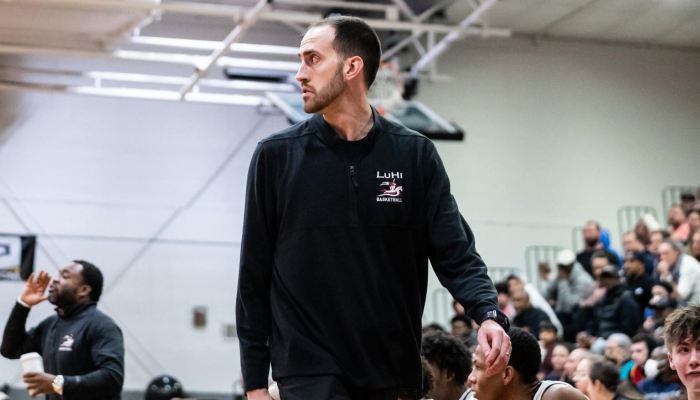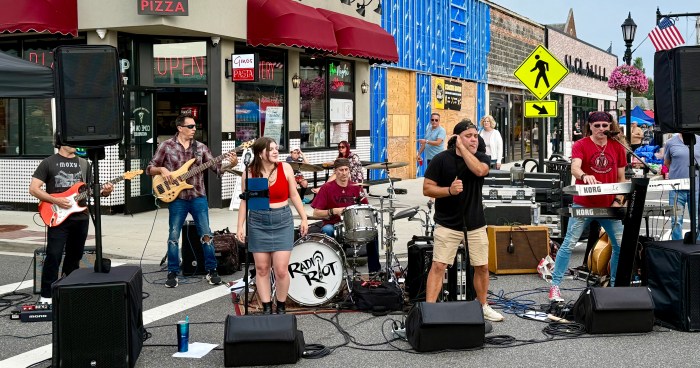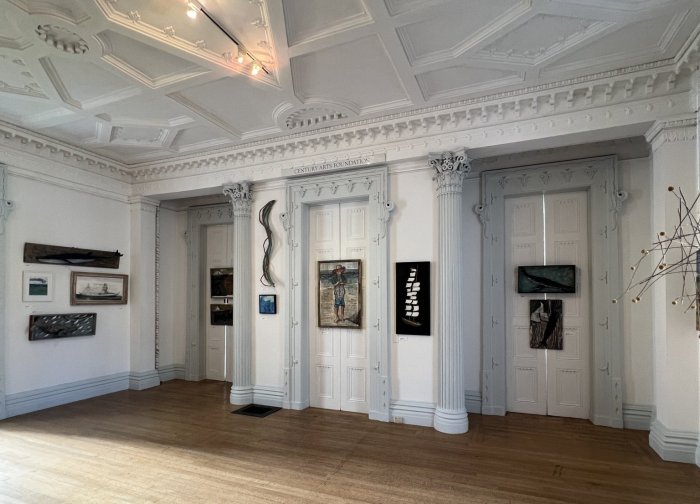History Under the Waters of Long Island Sound
Simon Winchester has written a new book on the Atlantic Ocean called: Atlantic: Great Sea Battles, Heroic Discoveries, Titanic Storms, and a Vast Ocean of a Million Stories . He said in an interview on WNPR radio that he wanted to remind people of the majesty, breadth and danger that a crossing of the Atlantic Ocean was seen as before we took to flying across it and making it qualify for its alias “The Pond.”
Adam Grohman did just that as he talked on Nov. 2 in the offices of Friends of the Bay about what lies on the bottom of the Long Island Sound, in the waters in front of Wall’s Warf in Bayville, and Huntington Harbor, and gained some respect for those that ply its waters. He talked about the number of vessels that have sunk in Long Island Sound, and still rest there, a remembrance of the dangers of being at sea. He said the LIS is credited with 100 wrecks but he pointed out that number is invalid when you know that in one storm in Huntington, there were 60 boats lost.
Tracking the number is hard when you realize that boats can set out from other ports, and countries and never arrive at their destination. They are simply lost.
Mr. Grohman, who works at C.W. Post, is the director of student conduct; and coordinator of veterans and military affairs. He is in the Coast Guard reserves. His current passion for diving is the result of a book his wife gave him about shipwrecks. He has been pursuing them ever since, off Guantanamo, Cuba; San Diego and in the Long Island Sound. He showed a slide of himself diving in the clear aquamarine water off Cuba and then his Long Island experience; in the second photo, taken off Wall’s Warf in Bayville, the water is murky green-yellow and he is covered top to toe with a wet suit and full gear. It is both cold and murky when he hunts shipwrecks. It is easier to see in the colder, less inhabited waters, he said.
Mr. Grohman showed a slide of the General Slocum that sank in 1904. The sidewheel paddle steamer sailed out on June 14 with 1,200 women and children off on a picnic while the fathers worked a seven-day week.
He said a little boy noticed there was a fire belowdecks and went to tell the captain – who ignored the child. Still determined to report the fire, the boy found the First Mate in the bar drinking. After a second drink he went with the child to investigate and saw the extent of the fire. The captain declared an emergency and the passengers were told to put on life jackets to get off the boat.
The ship used its fire safety procedures and set out hoses to pull water out of the sound. The hoses were so old they cracked and water spewed out of them. Women tore their nails and bloodied their fingers trying to claw at the containers holding the life jackets that had been painted over during the years. When they got at the jackets, they put them on their children and threw them overboard to see them sink.
Many of the jackets were so old, they split open and the deck was littered with cork.
Boats pulled up to offer rescue but the captain kept going ahead – which fanned the flames.
“It was the worst tragedy New York experienced before 9/11,” said Mr. Grohman.
He said it spurred changes in regulations to prevent similar accidents at sea.
Earlier that evening, he said he had been talking to someone about the allegedly substandard concrete that has been reported that was part of the problem with the British Petroleum accident in the Gulf.
Fascinating Stories
Mr. Grohman had many fascinating stories to tell: a slide of Bill McCoy from 1919 who it turned out is credited with the phrase, The Real McCoy.
Mr. Grohman said he was a rum runner who brought up good booze from the Caribbean as opposed to watered down liquor that was sold elsewhere. Therefore, his was the real McCoy.
When Mr. Grohman talked about diving off Wall’s Wharf, Hal Johnson, microbiologist, said he too had seen that wreck. Charles Doering gave him information about the Christiansen family. Mr. Grohman had told the story of Edward Christiansen who was a diver who was pinned underwater in an accident at the Jakobson Shipyard in April 1950 when they were working on the tug Cornell. The tug had to be moved to free the diver and save his life. His hose was blocked and he survived on the air inside the suit until he was rescued and his glass face mask was broken to allow him fresh air. Mr. Doering said he knew Conrad Christiansen, “Who lived right around here.” Mr. Grohman said that captain had several sons including a Norman, and that he had 9 children in all and that he was looking into the family history.
Mr. Grohman talked about the Gwendoline Steers named for the Steers Sand Company of Cold Spring Harbor that sank in Dec. 1962 “with nine souls on board”. They were found in March 1963 when glasses formed as the water heated up and filled the bodies so they floated to the surface.
A macabre note, but one that is true, he explained.
Pete Macandrew ran the PowerPoint presentation for Mr. Grohman when his aide was unable to attend. Gerry Raymon, a member of the Coast Guard Auxiliary was there, “It’s good to keep learning,” he said. Barry Lamb, FOB president; Matt Meng, board member; Joe Skopek of Chromotope attended as did Gregory Druhak as well as many others who filled the conference room and enjoyed the presentation.
Mr. Grohman is the author of many books including Claimed by the Sea – Long Island Shipwrecks, and In Our Waters & Beyond – A Collection of Maritime History and Curiosities. He told of many stories, often with a personal anecdote on how he found the material. He said he and his fellow members, about 30, of the Underwater Historical Research Society spend as much time diving into books as into water.
Currently Mr. Grohman is interested in the history of the P-47 Thunderbolt, a plane that sank locally. He is after submarine chasers, rum runners and a pleasure boat that sank in Huntington.
Mr. Grohman is a frequent lecturer and information about local diving, maritime history and the Underwater Historical Research Society can be found at www.uhrs.org.
The TR Connection
As with so much that happens locally, diving under the water has a connection to Theodore Roosevelt. While he was the 26th President of the United States he snuck out from under the eyes of his Secret Service men and his wife Edith, to go aboard the Plunger in 1905, a submarine parked underwater in Oyster Bay. He was the first president to do so. It was a dangerous thing to do at that time during the infancy of the technology. There were several submarines lost shortly after his dive.
FOB Executive Director Patricia Aitken announced as she welcomed about 30 guests at the lecture, informing them that the Watershed Advisory Plan will be presented at a meeting on Dec. 1 at the Oyster Bay High School library from 7 to 9 p.m. If you cannot attend that meeting the information will be on their blog, she said.
A nearer event to mark on your calendars is the Nov. 18 meeting on the Mill Pond Overlook to be held in the office of FOB at 2 Townsend Square at 7 p.m. She has been participating in meetings designed to offer the public three approaches to the use of the land the town bought to prevent development for the site on the shores of the Oyster Bay National Wildlife Preserve – the Mill Pond in Oyster Bay.


































